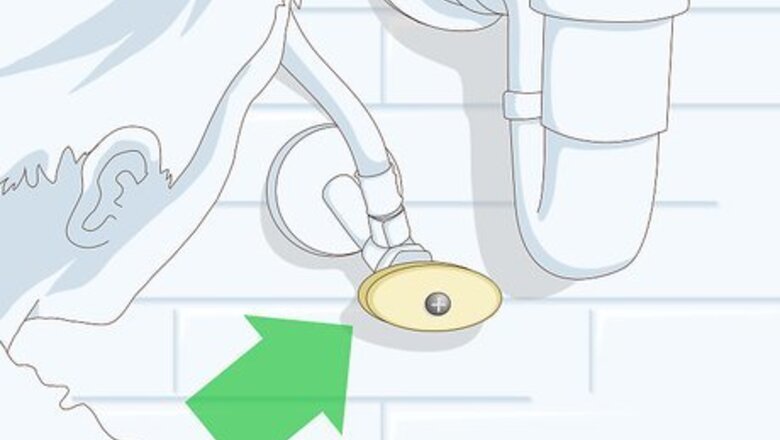
views
- Find the cutoff valve closest to a fixture and turn it clockwise to shut the water off before making any necessary repairs.
- Find the main shutoff valve and shut it by turning it clockwise; then, turn on all faucets and water-using appliances to flush remaining water from them.
- Contact your water company to cut the supply to your property, then find the outdoor shutoff valve, turning the handle clockwise as far as you can.
Shutting Off the Water to a Fixture
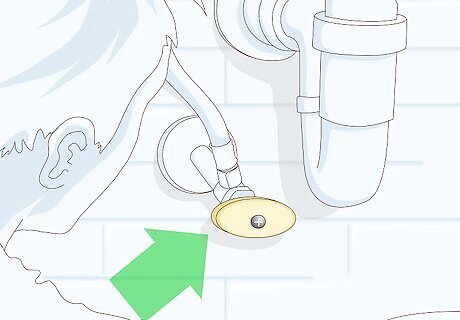
Locate the cutoff valve closest to the fixture. Most fixtures will have an individual shut-off located beneath the fixture. It will likely be a chrome valve. Sinks and showers may have two valves, one for hot and one for cold. Some appliances, such as washing machines, dish washers, and refrigerators, may have a water shut off switch on the body of the appliance or on the hose connecting the appliance to the wall. To find the shut off for a water heater, look for a water cutoff valve directly above the heater on a connected pipe.
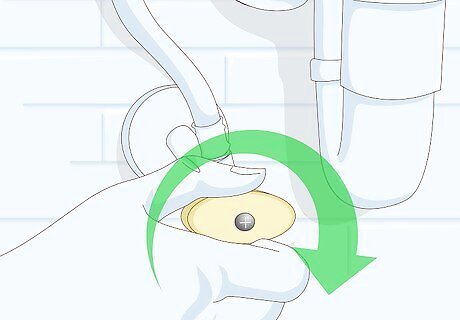
Turn the valve clockwise. This will cut off the water to the fixture. If there are separate valves for hot and cold, you'll need to turn both off. Afterwards, you'll still be able to use running water in other fixtures or appliances throughout the rest of the home. Old or dirty valves may be difficult to turn at first. If the valve is stubborn and won't turn easily, wear a work glove to protect your hand so you can turn with more force. Severe cases might require a wrench.
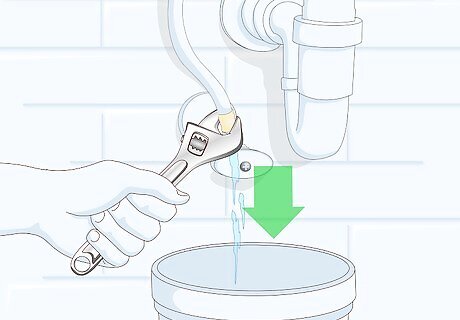
Make any necessary repairs. With the valve closed, the water should be shut off. You'll need to drain water remaining in the line between the valve and fixture, so keep a bucket handy. When you are finished, turn the valve counter-clockwise restore the water supply. Gravity will cause excess water to drain. Position your bucket beneath the line or part you are repairing. When the fastener is loosened, water will drain into the bucket. EXPERT TIP David Balkan David Balkan Professional Plumber David Balkan is a Professional Plumber, CEO of Balkan Sewer and Water Main Service, and President of Balkan Sewer and Drain Cleaning. As a hands-on owner of these companies for over 40 years, David is knowledgeable about water service lines, sewers, and drain line issues. David is a Committee Chairman of the Master Plumbers Council and has sat on the Executive Committee of the Sub Surface Plumbers Association of New York for over 30 years. His knowledge and solution-oriented approach contributed to Balkan Sewer and Water Main Service being the largest and most trusted service in New York City and the recipient of the 2017 Angie’s List Super Service Award. David Balkan David Balkan Professional Plumber Shut off fixtures before turning off the main valve. If you need to cut off the main water supply to your property, always close the valve closest to the indoor plumbing, not the main valve by the street cutoff. If you close the main valve and it breaks or has an issue, you cannot replace or repair it.
Stopping the Water Supply to Your Home
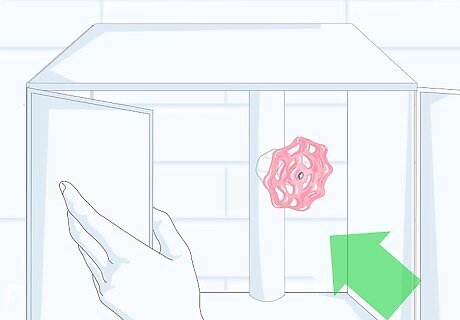
Identify the main shut off valve. This is usually a brass valve that has a round handle. In most homes, it is located near the main water pipe leading into your home. Common locations for this pipe include the kitchen, downstairs, or a utility room. In warmer regions, you may even find this valve outside. However, in colder climates, expect to find it inside the home. Always shut off the valve that's closest to the inside plumbing, as opposed to the valve that's closer to the street.
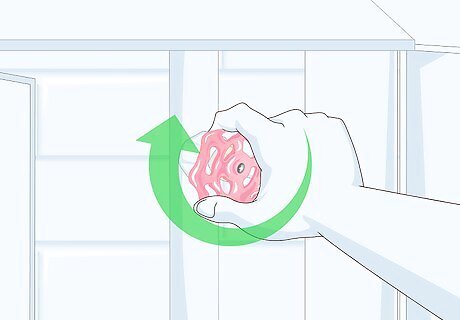
Shut the valve by turning it clockwise. This will cut off the stream of water flowing into your home. If the valve is stiff, wear a glove while closing it to protect your hand as you apply some elbow grease. After that, all appliances that use water will no longer work until the water is turned back on. Fixtures or appliances with a reservoir may still have limited usage after cutting off the water. Toilets, for example, usually flush one more time even while the supply is cut.
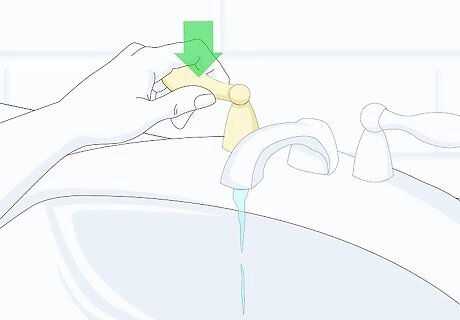
Turn on all of the faucets to flush the remaining water in the system. Run your sinks, baths, and showers until the water stops flowing. When water's been bled from the lines completely, turn all of the faucets off. Now you can begin your plumbing repairs safely. When you are finished with your work, turn the valve counterclockwise to restore the water supply to your home.
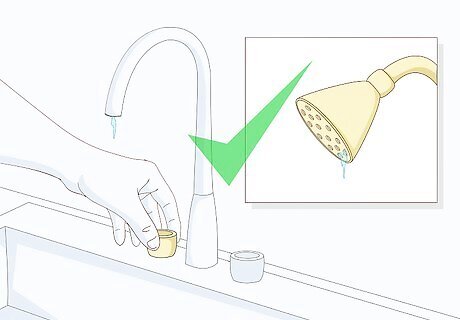
Run all water lines and water-using appliances. After restoring water to your home, run faucets for a short while to bleed air from the pipes. You'll also want to run appliances that use water, like your dishwasher and washing machine.
Cutting the Water Supply to Your Property
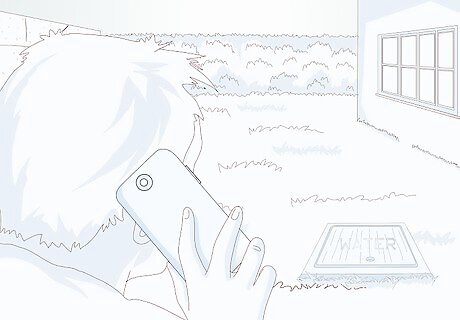
Contact your water company. Most companies will allow you to access the lot shutoff valve if you have a good reason. So long as you are the owner of the parcel, the following three reasons are generally considered acceptable: Your property water shutoff has failed and you have an emergency, such as a burst pipe. There is a leak in the pipe between the street shutoff and your property shutoff valve. You are replacing the main shutoff valve on your property.
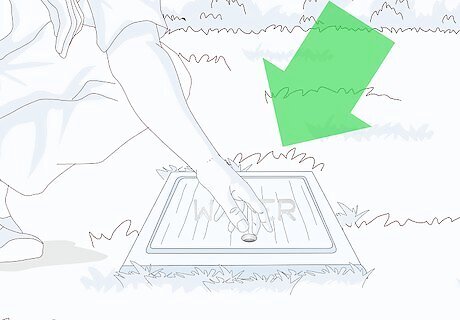
Locate the outdoor shutoff valve. Many houses have a water meter and shut off valve located together, generally in a box with an access cover. Look for this box in the area between the street and the building.
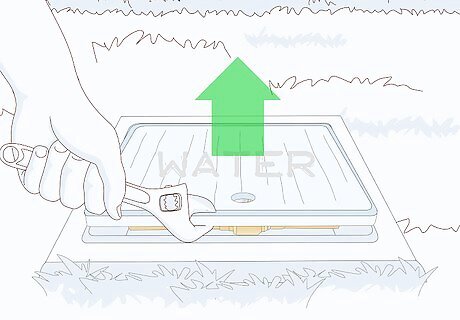
Lift off the cover. These covers can be quite heavy and are difficult to open by design. A standard screwdriver can be helpful prying the lid open. You may need a wrench with a long extension to access valves that are deeper. This is common practice where the weather is colder.
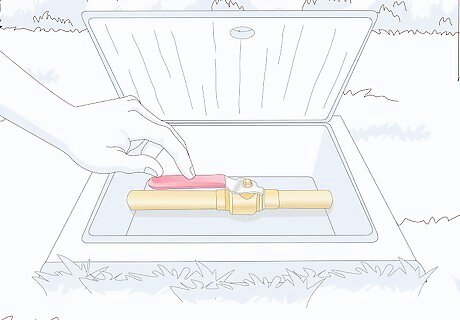
Look for a valve or small handle. These are the two possible types of shutoffs that you may encounter. The type of valve with a handle is called a ball valve. The kind with a wheel shaped handle is called a gate valve.
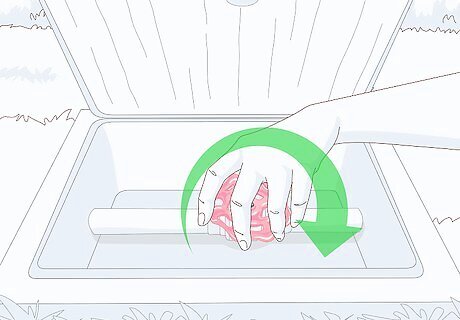
Turn a gate valve handle clockwise as far as possible. Make sure the valve is all the way closed so there is no more water flowing to the property. These valves can lock up if they have not been used recently. A sturdy screwdriver can be inserted in the tines of the wheel to apply additional leverage so you can break free stubborn valves. If a valve will not turn with a reasonable amount of pressure, do not force it. Call a licensed plumber or a public works representative to assist you.
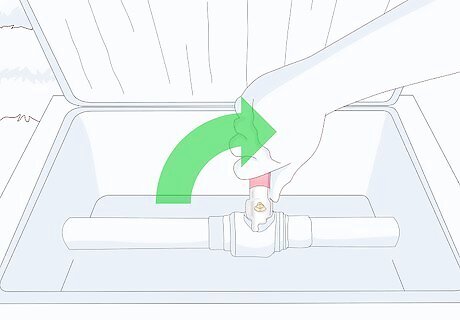
Turn the ball valve off by spinning it a quarter of a turn. If you see a valve with metal flange, you may have to make use of a pipe wrench to turn it. When the valve is on, the handle will be aligned with the pipe. When the handle forms an L-shape with the pipe, the water is off.

Make plumbing adjustments while the water is off. However, keep in mind that there will still be water in the pipes in the house. Run the lines you wish to drain until the water stops, then those lines will be dry. To drain the water in your building most quickly, turn on all faucets and water using fixtures, including baths and showers.




















Comments
0 comment